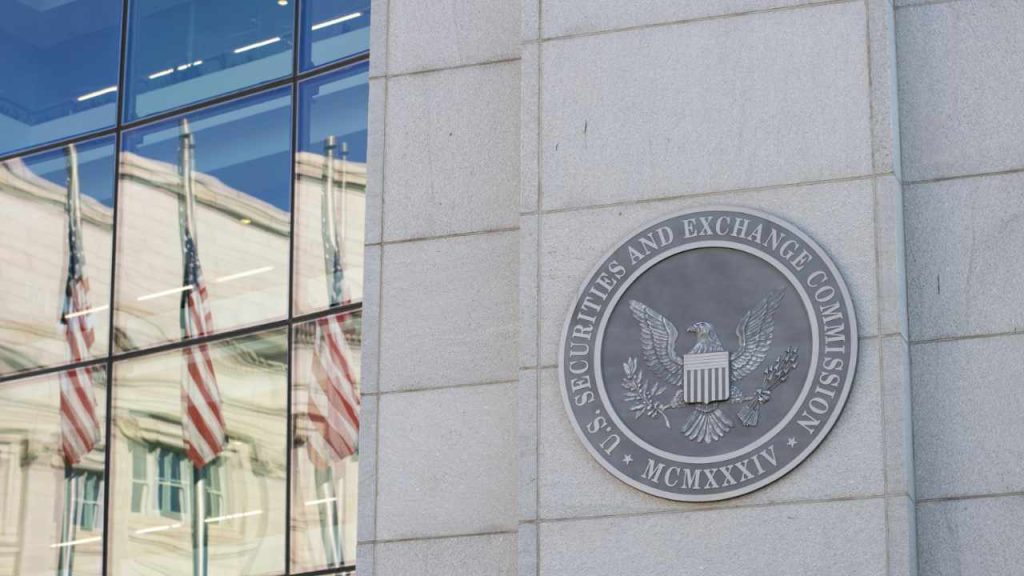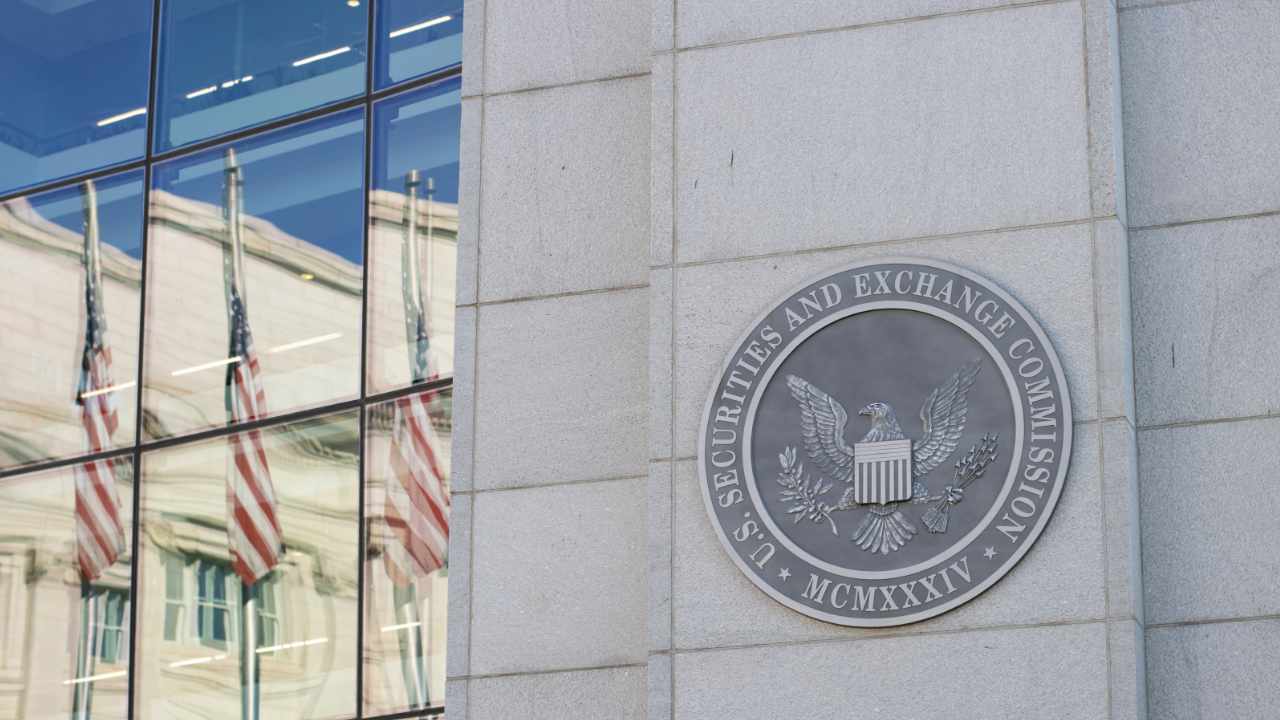
The Dawn of a New Crypto Era: Reforming Regulation in the US
Introduction
The cryptocurrency landscape is undergoing a seismic shift, driven by a concerted effort from the United States Securities and Exchange Commission (SEC) and the White House to establish a robust regulatory framework. This transformation is not merely about imposing restrictions; it’s about fostering innovation while safeguarding investors and ensuring the US maintains its leadership in the global digital economy. The journey ahead is fraught with challenges and opportunities, as regulators navigate the intricate terrain of digital assets.
The GENIUS Act: A Cornerstone for Stablecoin Regulation
The GENIUS Act stands as a pivotal proposal in the regulatory overhaul, aiming to create the first federal framework for stablecoins. Stablecoins, which are designed to maintain a stable value relative to a reference asset like the US dollar, have become integral to the crypto ecosystem. However, their lack of regulation has raised concerns about their stability and potential risks to the broader financial system.
The GENIUS Act seeks to address these concerns by providing regulatory clarity and fostering innovation in the stablecoin market. This framework will likely involve several key components:
Defining Standards for Stablecoin Reserves
One of the primary objectives of the GENIUS Act is to ensure that stablecoins are adequately backed by high-quality assets. This involves establishing clear standards for stablecoin reserves, which will help maintain their peg to the reference asset. By setting these standards, the Act aims to enhance the stability and reliability of stablecoins, thereby increasing investor confidence.
Establishing Regulatory Oversight
The GENIUS Act also seeks to provide a clear regulatory framework for stablecoin issuers. This includes licensing requirements and ongoing supervision to ensure that issuers comply with the established standards. By imposing these regulatory measures, the Act aims to mitigate the risks associated with stablecoins and promote their safe and responsible use.
Promoting Interoperability
Another key aspect of the GENIUS Act is the promotion of interoperability. This involves facilitating the seamless integration of stablecoins with existing financial systems and other digital assets. By promoting interoperability, the Act aims to enhance the utility and accessibility of stablecoins, thereby fostering their broader adoption in payments and other financial applications.
The White House Blueprint: Assigning Tax Responsibilities and Redefining SEC-CFTC Roles
Beyond stablecoins, the White House is playing a crucial role in shaping the future of crypto regulation. The White House blueprint assigns tax responsibilities to the Treasury and IRS, signaling a commitment to clarifying the tax treatment of digital assets. This is a critical step in fostering mainstream adoption, as it provides much-needed clarity for individuals and businesses navigating the complex world of crypto taxation.
Assigning Tax Responsibilities
The White House blueprint assigns tax responsibilities to the Treasury and IRS, which is a significant development in the regulatory landscape. By clarifying the tax treatment of digital assets, the blueprint aims to reduce the uncertainty surrounding crypto taxation and encourage greater participation in the crypto market.
Redefining SEC-CFTC Roles
The White House blueprint also urges legislative cooperation to redefine the roles of the SEC and the Commodity Futures Trading Commission (CFTC) in regulating digital assets. The SEC and CFTC have traditionally overseen securities and commodities markets, respectively, but the lines between these categories have become blurred in the crypto space.
A clearer definition of their respective jurisdictions will provide greater regulatory certainty and avoid potential conflicts. This could involve several key components:
Establishing a Clear Test for Determining Whether a Digital Asset is a Security
One of the primary objectives of the White House blueprint is to provide guidance on the factors that should be considered in determining whether a digital asset falls under the SEC’s jurisdiction. By establishing a clear test for determining whether a digital asset is a security, the blueprint aims to reduce the uncertainty surrounding the regulatory status of digital assets and promote greater compliance.
Defining the Scope of the CFTC’s Authority Over Digital Asset Commodities
Another key aspect of the White House blueprint is the clarification of the CFTC’s role in regulating the trading of digital asset commodities and related derivatives. By defining the scope of the CFTC’s authority over digital asset commodities, the blueprint aims to enhance the regulatory oversight of the crypto market and promote greater market integrity.
Creating a Framework for Interagency Cooperation
The White House blueprint also emphasizes the importance of interagency cooperation in regulating the crypto market. By creating a framework for interagency cooperation, the blueprint aims to ensure that the SEC and CFTC work together effectively to regulate the crypto market and avoid potential conflicts.
The SEC’s Evolving Approach: From Enforcement to Clarity
Under new leadership, the SEC appears to be shifting its approach to crypto regulation, moving away from a primarily enforcement-focused strategy towards a more balanced approach that emphasizes regulatory clarity and market development. This shift is reflected in several key developments:
New Crypto Task Force
The SEC has established a Crypto Task Force dedicated to developing a comprehensive and clear regulatory framework for crypto assets. This task force will play a crucial role in providing guidance to the industry and ensuring that regulations are tailored to the unique characteristics of digital assets.
Easing Crypto Enforcement
There are signals that the SEC is easing its enforcement actions in the crypto space, focusing instead on providing clear regulatory guidelines. This is a welcome development for the industry, as it reduces the uncertainty surrounding compliance and encourages innovation.
Backing Market Regulation Proposals
The SEC has expressed support for proposals to enhance oversight of the crypto market, particularly in light of past failures. This includes clarifying that digital asset securities transactions are subject to the same trade reporting requirements as standard securities.
Challenges and Opportunities Ahead
The path to comprehensive crypto regulation is not without its challenges. The SEC faces a number of hurdles as it seeks to navigate the complex and rapidly evolving world of digital assets. These challenges include:
Defining “Decentralization”
Defining what truly constitutes a decentralized cryptocurrency or project will remain a key battle as the SEC attempts to bring the crypto space under its regulatory umbrella. This is a complex issue, as the level of decentralization can vary widely among different cryptocurrencies and projects.
Lack of Technical Expertise
The SEC needs to develop the technical expertise necessary to understand and regulate digital assets effectively. This involves hiring experts in blockchain technology, cryptography, and other relevant fields, as well as providing ongoing training and education for SEC staff.
International Coordination
The SEC needs to work with other regulatory bodies around the world to ensure that crypto regulations are consistent and do not create opportunities for regulatory arbitrage. This involves coordinating with international regulators to establish common standards and best practices for crypto regulation.
Political Pressures
The SEC may face political pressures that could complicate its efforts to regulate crypto. This includes pressure from industry stakeholders, political leaders, and other interested parties, which could influence the regulatory process and the final outcome.
Despite these challenges, the opportunities presented by comprehensive crypto regulation are significant. By providing regulatory clarity and fostering innovation, the SEC can:
Protect Investors
Reducing the risk of fraud and manipulation in the crypto market is a primary objective of comprehensive crypto regulation. By establishing clear rules and guidelines, the SEC can enhance investor protection and promote greater confidence in the crypto market.
Promote Innovation
Encouraging the development of new and innovative crypto products and services is another key objective of comprehensive crypto regulation. By providing a clear regulatory framework, the SEC can foster innovation and promote the growth of the crypto market.
Enhance Market Integrity
Increasing transparency and accountability in the crypto market is a critical objective of comprehensive crypto regulation. By establishing clear rules and guidelines, the SEC can enhance market integrity and promote greater trust in the crypto market.
Solidify U.S. Leadership
Ensuring that the US remains a leader in the global digital economy is a key objective of comprehensive crypto regulation. By establishing a clear and consistent regulatory framework, the SEC can promote the growth of the crypto market and solidify the US’s leadership position in the global digital economy.
A Future-Proof Framework
The SEC’s ongoing crypto reform represents a pivotal moment in the evolution of digital assets. By embracing a balanced approach that prioritizes regulatory clarity, investor protection, and innovation, the SEC can create a future-proof regulatory framework that allows the crypto market to thrive while mitigating its risks. This is not just about regulating crypto; it’s about shaping the future of finance and ensuring that the US remains at the forefront of the digital revolution.
In conclusion, the dawn of a new crypto era is upon us, marked by a concerted effort to establish a robust regulatory framework that fosters innovation while safeguarding investors. The GENIUS Act, the White House blueprint, and the SEC’s evolving approach all signal a commitment to creating a future-proof framework that will shape the future of finance and solidify the US’s leadership in the global digital economy. The challenges ahead are significant, but the opportunities are even greater, and the path forward promises to be transformative for the crypto market and the broader financial system.





